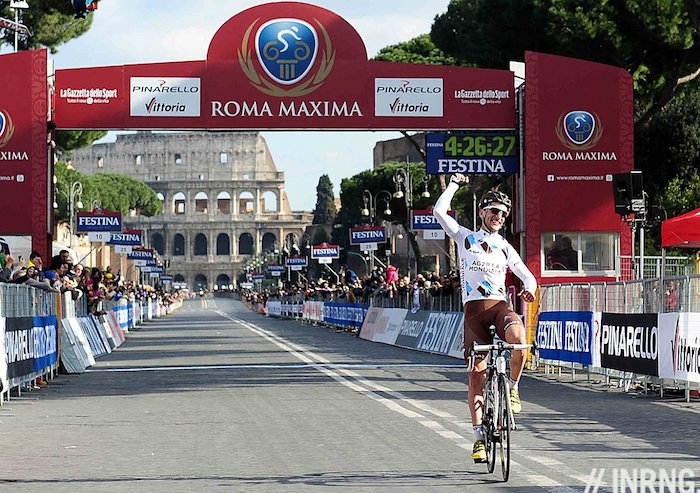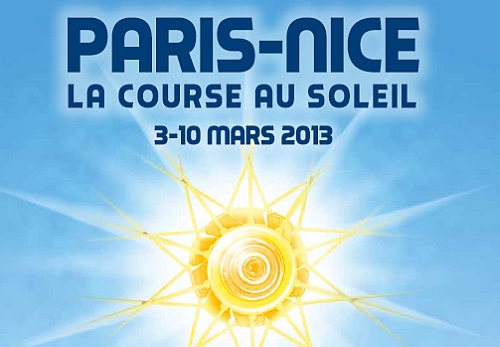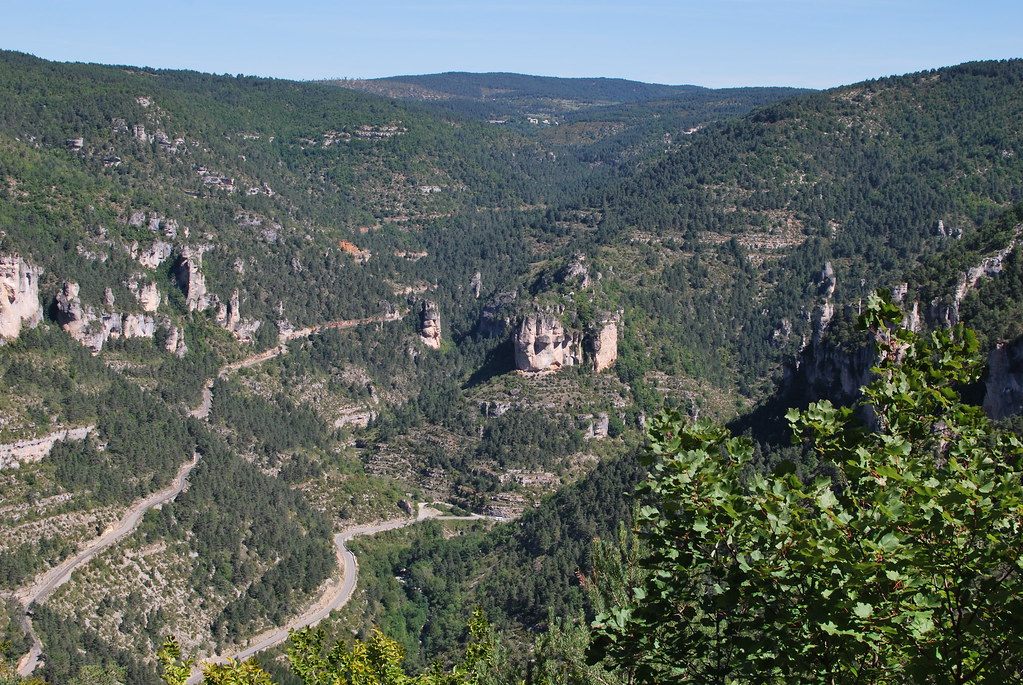This post isn’t so much about cycling but the wider area around this Sunday’s Paris-Roubaix race. As you’ll see below, the race’s “Hell of the North” title doesn’t come from cobbles but the state of the region.
Apologies if I upset the locals but Roubaix and the surrounding places are grim. Tourist rarely visit and the French share negative myths about the area. Today the region thrives as transport hub but it is rarely a final destination.
What’s so bad? The effects of wars past are still visible, from cratered landscapes to fields of white crosses marking mass graveyards. More recently the whole region has struggled with vanishing jobs and entrenched social problems. It’s a tough place with the toughest race.








